Latest Blogs
Gallstones inside out: Causes, Diet and Treatment
Gallstones are stone-like hard materials that develop in the gallbladder, a small pear-shaped organ tucked up under the liver and on the right side of your abdomen. The gallbladder stores a digestive fluid called bile that's dispensed into your small intestine. Bile is a green-yellow colored mixture of cholesterol, bilirubin, bile salts and lecithin that helps digest fats in the food you eat. Gallstones are often made of cholesterol or bilirubin, a waste product which your body makes during normal breakdown of red blood cells. There are two types of gallstones: Cholesterol gallstones are made up of excess cholesterol and are yellow-green in color. These are most common, making up 80% of gallstones. Pigment gallstones are made up of excess bilirubin and are smaller and darker in color. The size of gallstones can vary from a tiny grain of sand to a large golf ball. Interestingly, larger stones tend to remain quietly in the gallbladder whereas small stones can cause the most trouble as these can get stuck in the bile ducts after leaving the gallbladder. Many people who have gallstones are never bothered by them and might not know that you have them until they block a bile duct, causing pain and complications that need immediate medical attention. Treatment options often involve minimally invasive surgery to remove the gallstones, and sometimes cholecystectomy surgery to remove the gallbladder. Silent gallstones which are routinely asymptomatic, don't need treatment. Possible causes of gallstones The actual cause of gallstones isn’t clear. Gallstones are thought to develop when the chemicals inside the gallbladder are out of balance. Here are a few possible reasons that can cause chemical imbalance: Excessive cholesterol in the bile Generally, the bile contains an adequate amount of chemicals to dissolve the cholesterol made by your liver. When the liver excretes extra cholesterol, your bile can’t dissolve it all. Then the excess cholesterol might form crystals and eventually into yellow cholesterol stones. Check out your cholesterol levels with the comfort of your home. Excessive bilirubin in the bile Certain conditions such liver cirrhosis, biliary tract infections and certain blood disorders can cause your liver to make too much bilirubin. This excess bilirubin then leads to formation of pigment gallstones.Bile is secreted by your liver cells. Pay good attention to your liver health. Book test now. Overly concentrated bile If your gallbladder doesn't empty wholly or often enough, the bile may become overly concentrated, contributing to the formation of gallstones. Healthy Dietary changes to prevent gallstones There is no foolproof way that can prevent gallstones. However, you can lower the risk factors by following some healthy lifestyle and dietary changes. Most of the gallstones are formed from cholesterol; limiting cholesterol in your diet can help prevent the condition. Keeping your weight within a moderate range through exercise and a nutritionally balanced diet is another way to limit the possibility of gallstones formation. Take advice from your doctor about weight loss and cholesterol management if you have a family history of gallstones. Follow these tips to improve your condition and reduce your risk of gallstones: Never skip your meals Stick to your regular mealtimes every day. Skipping meals is not a good idea as it can cause bile juices build up. This in turn increases the cholesterol levels in your gallbladder. Over time, this can harden into gallstones. Avoid rapid weight loss If you are overweight and planning to lose weight, go slow. Risk of developing gallstones is much higher in a rapid weight loss program since losing your weight too quickly will cause a chemical imbalance. It is important to discuss your risks with a doctor, if you are planning a weight loss surgery especially important if you have had stones in the past. It is common for gallstones to occur more than once. Include high-fiber foods in your diet Eat more fiber-rich foods, such as fruits, vegetables and whole grains to get proper amount of fiber per day. Women should aim for at least 21- 25 grams of fiber a day and men should eat 30-38 grams a day. Eat more healthy fats Include more healthy fats like nuts, fish oil and olive oil in your diet. This may help empty your gallbladder on a regular basis. Exercise regularly Get some sort of physical activity every day. Aim for at least 150 minutes of moderate exercise per week (such as walking, cycling). Finding and treating gallstones The most common technique to spot gallstones is an ultrasound examination. Post diagnosis, your doctor will devise a treatment plan.No treatment is required if your gallstones aren’t causing any symptoms. You’ll only need a surgery if a stone blocks one of your bile ducts and is causing severe lower abdomen pain or complications, such as jaundice, acute pancreatitis, cholecystitis (inflammation of gallbladder) or cholangitis (inflammation of bile ducts). If you have any blood disorder, your doctor may consider cholecystectomy as a precaution, even if there are no symptoms. In rare cases, if a person is at high risk for surgery complications, other non surgical methods like medications may be used. Surgical treatments The most common surgical treatment for gallstones is removal of the gallbladder, called cholecystectomy. There are two types of cholecystectomy: Laparoscopic cholecystectomy Laparoscopic cholecystectomy, also known as minimally invasive procedure, is the most common surgery for gallstones. This procedure uses several small incisions instead of one large one. A narrow, flexible tube with a camera and a light called laparoscope is passed into your belly through one small incision. Your gallbladder is taken out through another small incision. You’ll usually go home the same day if you have no complications. Open cholecystectomy In this procedure, your surgeon will make a large incision on your belly to take out your gallbladder. People who undergo open surgery need to stay in the hospital for a few days afterward. This surgery is typically performed in patients having a bleeding disorder or severe gallbladder disease or late term pregnancy. This surgery may also happen if experiencing difficulties during a laparoscopic cholecystectomy. For both types of surgery, patients will be given general anesthesia. So that they won’t feel any pain while it’s being done. If the gallstones are present in your bile ducts, your doctor may use endoscopic retrograde cholangiopancreatography (ERCP) to find and remove them before or during surgery. Nonsurgical treatments There are a few nonsurgical ways of removing gallstones that doctors can try on patients that can’t undergo surgery. Ursodeoxycholic acid therapy It typically includes use of ursodeoxycholic to break up gallstones. This treatment is best suited for breaking up gallstone made of cholesterol and may take many months or years to effectively dissolve the stone. This treatment is also known as oral dissolution therapy. Shock wave lithotripsy Lithotripsy is another nonsurgical option. A lithotripter is a machine that generates ultrasonic shock waves. These shock waves can break gallstones into smaller pieces that can pass safely through a person’s stools. The takeaway Gallstones are not fatal; but they can cause many complications that could be life threatening, particularly in people who are already in poor health. Fortunately, deaths from gallstones are very rare.Gallstones can be easily treated with a gallstone or gallbladder removal surgery and it's possible to lead a normal life without a gallbladder. You can still digest your food without a gallbladder. Your liver will still produce bile, but bile will no longer go through the gallbladder, it will drip into the small intestine. You might experience symptoms of diarrhea after gallbladder removal, but the laxative effect should resolve on its own for most people. So, If you have been diagnosed with gallstones and advised to undergo surgery to remove them or your gallbladder, the prospective is often positive.
Loose Motion Home Remedies: Ones That Work!
You might be wondering how to stop diarrhoea with home remedies. Well! Today, this blog will cover everything about diarrhoea and how to get rid of loose motion. Diarrhoea is a common condition that affects people of all ages. It is characterised by frequent, loose and watery stools. Although it is usually not a cause for concern and may resolve on its own within a few days, it is important to be aware of the symptoms associated with diarrhoea. Recognising these symptoms can help you take appropriate measures and seek medical attention if necessary. Symptoms of Diarrhoea Loose, watery and frequent bowel movements are the common symptoms of diarrhoea. Sometimes, you may experience nausea, abdominal pain, vomiting or weight loss. Usually, diarrhoea remains for a short duration and will last for a few days. Some of the prominent symptoms of diarrhoea include the following: Belly pain or cramps Bloating Fever Bloody stools Mucus in the stools Urgent need to pass stools Let us take a look at some of the loose motion remedies to get some relief from diarrhoea. It is good to know about what stops diarrhoea fast naturally to tackle such a situation. Other Effective Home Remedies to Stop Diarrhoea Diarrhoea is a common gastrointestinal problem that can cause discomfort and inconvenience. Although it is essential to seek medical attention if symptoms persist or worsen, there are several home remedies you can try to alleviate the condition. By following these natural remedies, you can potentially find relief from loose motions and promote overall digestive health in a safe and effective manner. Stay hydrated, eat light and easily digestible foods and consider incorporating the following home remedies into your routine. Here are some effective and natural home remedies for loose motion: Hydration Hydration is extremely crucial during diarrhoea. Dehydration can become fatal in adults or young children. You must breastfeed or formula-feed your infant experiencing diarrhoea. Your doctor may also recommend oral paediatric hydration solutions for children as a loose motion remedy. It would help if you gave hydration solutions in small amounts to children. In adults, symptoms of mild diarrhoea can be cured through sports drinks and rehydration solutions. You must stay away from drinks like alcohol, carbonated or caffeinated drinks and soda, as these drinks can worsen your condition. Sports drinks work because of their salt and sugar content. Both salt and sugar allow water to be easily absorbed in the body, especially when taken together. You can also make sports drinks at home by adding a pinch of salt to the apple juice. Always take a sports drink when it is at room temperature. Probiotics Probiotics are good bacteria that can create a healthy gut environment in your intestinal tract. These are live microorganisms that exist in particular foods and can work as a loose-motion remedy. Some of the foods that are essentially probiotic include the following: Beet Cottage cheese Green olives Dark chocolate Pickles Yoghurt Sourdough bread Probiotics are also available in the form of powder and pills. The good bacteria live in our intestinal tract and play a pivotal role in the normal functioning of our gastrointestinal system. These probiotics secure our intestines from infection. You will experience diarrhoea when your system is changed because of some antibiotics or unhealthy bacteria. In such conditions, along with home remedies for diarrhoea mentioned above, you can also take probiotics pills to restore the balance in your gut. Probiotics might have answered most of the people's questions: What can I take to stop diarrhoea? But there are many other foods too, which you should know, so continue reading. Eat Fermented Food Researches suggest that fermented food is one of the best home remedies for diarrhoea to resolve this infection. Fermented food comprises yeasts and bacteria for the conversion of carbs into organic acids and alcohol. Some of such fermented foods include: Kimchi Miso Sourdough bread Kefir Tempeh Try Ginger Ginger has been known to cure all types of stomach issues for thousands of years. Ginger is commonly available in our kitchen and is known to give you relief from diarrhoea. You must seek advice from your healthcare provider before taking ginger if you use blood thinners. BRAT Diet Adults may take the BRAT diet for watery diarrhoea treatment. The BRAT diet comprises banana, rice, applesauce and toast. These foods are known to solidify your stools. These can also be taken in case of nausea, as because of their mild odour, they never trigger nausea. Bananas can also fulfil your body's need for potassium, which you will lose while passing watery stools. Bland Diet As you start feeling better, you may add a bland and easy-to-digest diet that includes: Skinless and baked chicken breasts Plain cereal Baked potatoes Chicken soup Children with mild symptoms of diarrhoea with no vomiting can continue to take a normal diet. In case your child starts vomiting and his symptoms become severe, you must consult the healthcare provider. Fenugreek Seeds Fenugreek seeds are one of the best antibacterial components available in every home. You can soak fenugreek seeds in water overnight and consume the water in the morning. Fenugreek seeds have antibacterial properties that may help relieve loose motions. Drink to Relieve Diarrhoea Symptoms You might think 'what can I drink to stop diarrhoea fast'? Well! Dehydration is the biggest concern of diarrhoea, as your body loses minerals, electrolytes, calcium, potassium and magnesium from the body. Hence, your body stops functioning normally, and such a situation can lead to severe consequences, especially in young children. So, you need to keep the body hydrated with enough fluids. Below are some fluids that you can take during diarrhoea: Milk and Clear Fluids Adults must drink clear juices, water and clear broths. Children or toddlers with mild diarrhoea and aren't vomiting can drink breast milk, formula milk or cow milk. Rice Water This remedy is suggested for young babies, but it is often effective for adults, too. Along with getting nutrients from rice water, it also helps in stool binding. Research has shown that rice water is even better than electrolytes. How to make rice water: Take 1 cup of rice (brown or white) and pour 1 or 2 cups of water in it. Boil the mixture for 10 minutes or until the water turns cloudy. Drain and save the water. You must consume 1 cup of rice water twice or thrice a day. Avoid Certain Foods You may avoid certain foods to get relief from diarrhoea. Some foods can put pressure on your gastrointestinal tract, which include the following: High-fat foods, fried foods, pastries and chips Food comprising artificial sweeteners Food containing high amounts of fructose Fatty meat like bacon Food with high fibre, like legumes Remember, these home remedies are not substitutes for medical advice. If your symptoms persist or become severe, it is crucial to consult a healthcare professional. Conclusion So, now you have understood how to stop diarrhoea in adults fast or how to get rid of loose motion with home remedies. Usually, most of the diarrhoea cases clear up after a couple of days. The above-mentioned remedies are perfect for watery diarrhoea treatment in case of mild symptoms. Proper hydration is extremely crucial during diarrhoea to stop dehydration. In case of severe diarrhoea, you must contact your healthcare provider and get the diagnosis done. You can get the blood test done for diarrhoea in Metropolis, one of the leading diagnostic centres with branches available all over India. Even if you are unable to visit this diagnostic centre, you can schedule a home visit for sample collection.
6 Signs You May Be Having An Unhealthy Gut
Medical practitioners around the world have been trying to understand the complexity of our gut system for more than two decades now. In fact a lot of their successful studies have revealed links between gut health and our immune system, our moodiness, mental well being, skin conditions and endocrine conditions, among others. Our overall health is just a reflection of our gut health. With our modern day lifestyle, amidst the pandemic while many of us are suffering from high stress, getting little to no sleep, eating processed or cold food, having sugar cravings every now and then, or talking medications, our gut health is bound to get affected, in turn leading to weakened immune system along with our skin, weight, heart etc getting impacted adversely as well.When did you get your last health check up? Do not delay any more. Book a comprehensive test package and get tested at home. Below are 6 common signs that point towards an unhealthy gut: Sugar cravings: The gut bacteria secrete proteins such as leptin and ghrelin, which act as hunger regulating hormones in your body, that are responsible for your food cravings and mood. So when you crave cakes, pastries, chocolates, cookies etc, you actually feed the unhelpful bacteria which in turn secret the proteins that make you want to crave sugary substances even more. In turn they reduce the good bacteria in your gut. You need to fix your gut in order for it to get rid of these bad bacteria that result in such sugar cravings. Bloating, gas or diarrhoea: These are the most common and basic symptoms of gut dysfunction. When the balance of the good and bad bacteria is not appropriate, or you either have deficient stomach acid bowel irregularity and gas tends to occur, the food is not able to break down properly. This might be due to eating fast without chewing properly i.e. gulping down food in haste. In case of diarrhoea, food moves quickly down the gastrointestinal tract, and out of the body in liquid form, and can cause dehydration. Food intolerances: The gut is a gatekeeper that checks in whatever goes inside the body and acts as a passageway for what goes out of the body. When you have a leaky gut, large protein molecules enter the bloodstream. Since these proteins aren’t outside the scope of our gut, our body tends to attack them resulting in food intolerances. Mood swings: When your gut health is tampered with, it will adversely have an impact on your serotonin and dopamine hormones; your happy hormones, as majority of these reside in your gut. Naturally compromising on your gut health will lead to inefficient or null production of these hormones leading to changes in mood and sleep pattern. The inner complex workings of the digestive tract, is not just for food but also for leading your emotions. Weak immunity: There is a well established connection between your leaky gut and immunity. Unhealthy gut leads to inflammation and acts as a hurdle in the proper functioning of the immune system. When your immune system is jeopardized, you tend to fall sick more often as your body fails to work on attacking the viruses or bacteria. Chronic fatigue or sluggishness: One of the major underlying signs associated with an unhealthy gut could be feeling tired, lazy or sleepy all the time that doesn’t fade away in spite of enough rest or sleep. The severity and symptoms vary from person to person; some of the common ones can be difficulty in concentrating or focussing, constant headaches, sore throat, extreme exhaustion after exercising etc. Combination of fatigue and headache can be linked with a leaky gut, which allows partially undigested food, toxins and bugs to pass through the gaps in the gut lining causing inflammation. Lack of vitamin D can add on to this fatigue. How can you improve your gut health? Eat your meals slowly Drink plenty of liquids Cut down on sugary food Alter your diet to avoid food intolerances Eat fibrous, fermented food items Get enough rest and sleep Reduce your tolerance to stress Keep your gut health in check Apart from the natural things we all do for better gut health, clinical testing is always the sure shot way of diagnosing and moving forward with the correct treatment. Here are some tests that can be done to ensure healthy gut and and a healthy body: Functional stool test- for this, you need to send your stool sample to the lab for getting tested, when you want to have the full disclosure of what is happening with your gut. The test check for certain bacteria or fungal overgrowth, parasite infection, nutrient malabsorption that acts as an indicator of leaky gut etc. Lactulose breath test: This test asks you to alter your diet for a day and drink sugar drinks and take breath samples over a period of time to check for any bacterial overgrowth in your small intestine that might cause bloating. Visual inspection: Checking your stool secretion and colour from time to time is the least expensive yet the most effective way to know your gut health better. A healthy gut is responsible for effective digestion, healthy brain, healthy heart, better mood, peaceful sleep, etc. Making certain changes in your lifestyle can have a positive effect on your gut health and ultimately your overall health as well.
Constantly Troubled by Constipation? Get Relieved with These Simple Yoga oses
Many of you might have been through the discomfort (and even pain) that comes with constipation. Constipation is that irritating moment when you have dry and hard stools that are difficult to eliminate or pass through the body. This ultimately leads to lesser bowel movements on a day-to-day basis. In general, chronic constipation is defined as a stool frequency of less than three per week that can last for several months. Common symptoms of constipation include: Going without bowel movements for over 3 days Passing hard, lumpy stools too often Straining while passing stools Pain in the lower abdomen Feeling bloated Feeling a blockade in the gut Leading causes of constipation include: Poor eating habits that lack fibers Lack of exercise or any physical activity Low thyroid levels or high calcium levels Stress or depression Not drinking enough water or liquids In most cases, you can find relief from constipation symptoms with lifestyle changes. Experts suggest eating enough fibers and keeping physically active are the top things that can relieve your constipation in a jiffy if it is caused due to lifestyle disruptions. In fact, you do not need to climb mountains or lift heavy weights, simple yoga asanas at home can do wonders not only for the digestive system but for the entire body. Here are 8 yoga poses that can provide relief from constipation Yoga can help ease the pain and discomfort of your digestive troubles and relieve constipation. Roll out your mat and try out the poses as described: Ardha-Matsyendrasana: Also known as Sitting Half Spinal Twist Pose, this asana stimulates the pancreas, liver, spleen, kidneys, stomach and improves bowel movements, relaxes the abdominal muscles and, thereby providing relief from constipation. Sit down on the ground with your legs extended and toes pointed toward the ceiling. Place your left leg under the right one, while extending your foot next to your right buttock. Gently twist your upper body to the right and place the right arm on the ground behind the back, and your left hand preferably on the right ankle in front of your body. Repeat on the other side. Vajrasana: This yoga asana is considered to be one of the best yoga poses for constipation and indigestion. It improves blood circulation in the abdominal region and can be useful for conditions like chronic constipation and stomach disorders. Kneel on the floor with your knees and ankles pulled together, with your feet in line with your legs. Put your hands on your thighs and exhale while you sit back on the legs. Bhujangasana: Commonly known as the cobra pose, this asana is effective in improving the function of the digestive tract, strengthening the abdominal muscles, and stimulating the appetite. Lie down on your stomach, raise your trunk and head with the help of your palms. Bend your arms at the elbows and look upward gently. Keep your stomach pressed against the floor and apply pressure on your toes as they press the floor. Halasana: This yoga pose helps reduce stress and provides strength to the back muscles. Halasana helps in better digestion as it stimulates the abdominal viscera. Lie on your back with your arms by your side, use your abdominal muscles to lift your feet off the ground till your head. Support your hips with your hands and lift them off the ground. Make sure your back is perpendicular to the floor as you sweep your legs 180° over your head. Pavanamuktasana: This asana gives relief from gas and improves the digestive system. This is highly recommended in case of chronic constipation. Lie on your back, lift both your legs towards your chest, and press them against the chest with your hands. Bend the neck and place the chin on your knees. Keep breathing normally throughout. Dhanurasana: Dhanurasana puts pressure on the abdomen. It stretches the entire abdominal organs and relieves the body of any gastric problems. Start by lying on your stomach, bend your knees, and hold your ankles with your hands. Try and lift your legs as high as you can and look up while doing the pose for a while so as to stretch the neck muscles also. Your body should resemble the shape of a bow. Slowly come back to your normal position by putting your knees down. Exercise caution when doing it, and do not be too harsh on your body. Paschimottanasana: The seated twist strengthens the back muscles and the abdominal organs, stimulates the digestive organs, and aids in detoxification. The deep intraabdominal compression provides relief from weak digestion or constipation. Sit with your legs stretched straight; bring your arms up over your head. Inhale and stretch your spine, while you exhale slowly bend forward towards your feet. Try and touch both your feet with your hands bend forward. Badha Konasana: Better known as the butterfly pose, it is easy to do and is very effective in combating indigestion and gas. It relieves the body of cramps, bloating, etc. The butterfly asana if done regularly can also be used to reduce stress. Sit with your spine erect, bend your knees so that the feet touch each other. Grab your feet tightly with both your hands and bend down towards the feet as much as possible. Slowly flap both the legs up and down like the wings of a butterfly. Start with slow speed and then gradually increase the speed for better results. To get rid of constipation, practice these yoga asanas on a regular basis. No matter what yoga poses you choose, don’t forget to calm your thoughts and breathe deeply, because a peaceful mind goes a long way in fixing your digestive woes. Also, remember that it is pivotal to eat more fibrous foods such as spinach, black beans, wholegrain cereals, fruits, etc. Some effective foods that can be consumed during constipation are yogurt, herbal tea, buttermilk, etc. Drinking enough liquids (8-12 glasses of water) can also help relieve constipation in otherwise healthy people. If lifestyle changes do not seem to provide relief, and the condition appears to be worsening, you should consult your doctor and check what is causing this problem and accordingly treat it.
Monsoon Health Tips | How to have a Healthy Gut
The occasional showers and chilly winds! And relief from the hot scorching heat. Monsoon has got all of it to make you crave for some delicious food items. Are you also yearning for a plate full of hot pakodas with your evening cup of tea on most of the days? Not minding to binge on fried foods? Well, rains are a good time to relish savoury meals, but they also necessitate eating healthy and clean food. Water stagnation and high moisture content in the environment can cause it to act as a season filled with infections and diseases. So, if you want to enjoy the monsoon, it is important to eat healthy and nutritious meals. Here are a few healthy tips for monsoon on how to keep your gut healthy and happy Do’s of Monsoon Diet Opt for seasonal fruits, such as litchi, Indian blackberry (Jamun), pomegranates, peach, and plum. While the seasonal fruits will impart the goodness of nature, non-seasonal fruits might be ripened through artificial techniques. Eat steamed salads instead of raw vegetables. Wash vegetables properly before steaming. Improper washing can lead to various bacterial and viral infections. Certain digestive conditions can also cause rise in levels of liver enzymes. Any such rise may indicate inflammation or damage to cells in the liver. Track your liver health with the help of a liver function test. Add desi Indian drinks such as Aam Panna, Sattu, Chach, in your daily diet. Refrain from sodas and cold drinks. They add calories with zero amount of other nutritional elements. Include herbal teas in your daily diet. Green teas and herbal teas are a rich source of antioxidants that helps prevent cell damage. Antioxidants are required for repair of skin, hair and other body cells. Go for fermented dairy products like yogurt and curd in place of ice creams. They aid in digestion and reduce bloating. As per Ayurvedic experts, the best time to have fermented dairy products like these can be after lunch. Some people might catch a cold and cough due to consuming curd at night. Don’ts of Monsoon Diet Say strict no to roadside food or meals prepared with low hygiene. These can harbor infection-causing germs and hamper your gut health. Save that spread of samosa, kachori, and pakodas for only some special times. Fried foods may appear very tempting but the high oil content can interfere with the normal functioning of your digestive system, might slow the movements of digestive organs, and delay gastric emptying. These can further cause bloating and heartburn. Eating food that has high content of fats, specifically saturated and trans fats, can cause a rise in cholesterol levels and raise your risk of several heart conditions. The first step to a healthier heart is to get your cholesterol and triglycerides levels checked periodically. A lipid profile test is a panel of blood tests that screens your body for lipids, such as cholesterol and triglycerides. Avoid salty foods items or eat in moderation. Too much salt can cause fluid retention and uneasiness in the stomach. You need to take special care if you have been diagnosed with high blood pressure. Eating meals that are uncovered or prepared with dirty unwashed hands may spread many germs. Always cover your food to save it being infected by flies. Wash hands with soap before preparing and eating every meal. Limit your intake of caffeinated drinks like tea and coffee. Too much of such beverages causes dehydration in the body. They can also interfere with the normal sleep pattern in some people, when consumed in late evening or nighttime. Dehydration can cause your body to lose important electrolytes. Electrolytes include salts and minerals, such as sodium, potassium, chloride and bicarbonate. An electrolyte imbalance can interfere with normal functioning of your body. Get Electrolytes Test Done here. Avoid eating seafood during the rainy season. It is very common for water bodies to be polluted with sewage, thus there are more chances of sea creatures being exposed to these pollutants. Also, monsoon is the breeding season for the fishes. You are not letting nature restock what you have been taking out. Most importantly, most fish sold in monsoon are pre-packaged or stored. Storing fish for longer periods can reduce its nutritional value. The last and yet the most important in the list is to not use contaminated water. Always ensure that your water should either be purified or boiled. Avoid Ice from non-distilled water, kulfis and golas to keep stomach upset and food poisoning at bay. Contaminated water can spread a plethora of infections, including hepatitis A and E viruses. These viruses cause swelling (inflammation) in your liver. The signs and symptoms of these liver conditions do not appear until the virus has passed 2-3 weeks inside the body. Doubt water quality in your area and have symptoms like fever, fatigue, or pain in the abdomen? Get tested for hepatitis now and seek medical assistance if required. Following these simple healthy tips will help you limit your exposure to many germs that may give stomach infections. Keep nutrition always above taste. Hoping you and your loved ones have a happy and healthy monsoon with these monsoon diet tips.
 Home Visit
Home Visit Upload
Upload




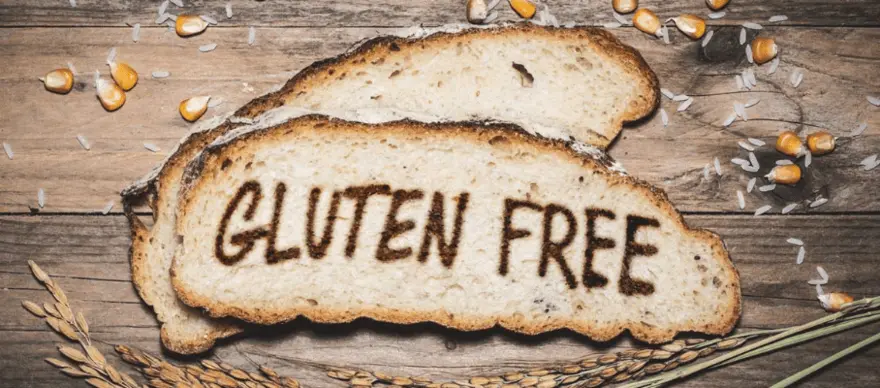
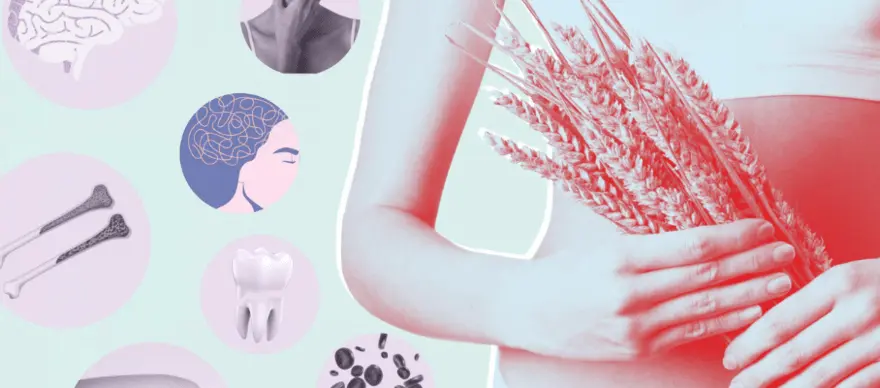
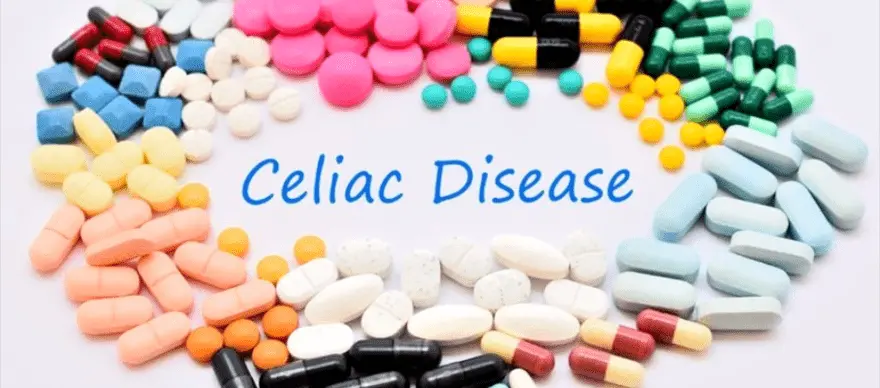
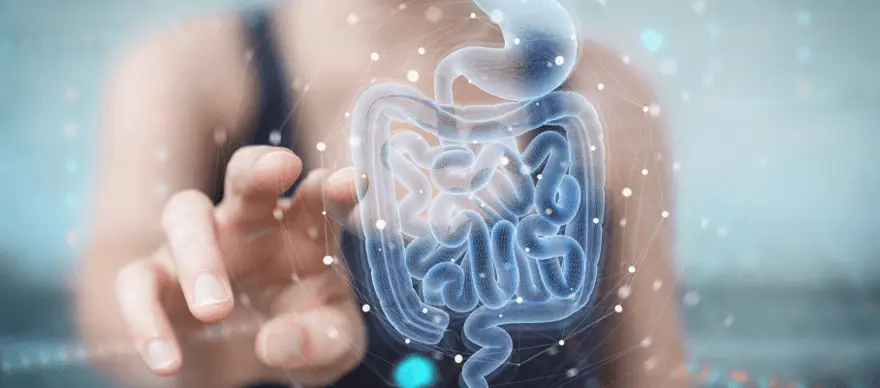
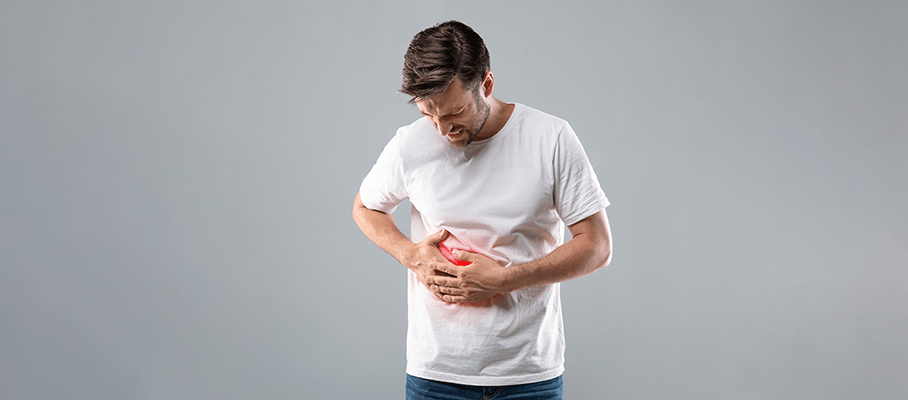
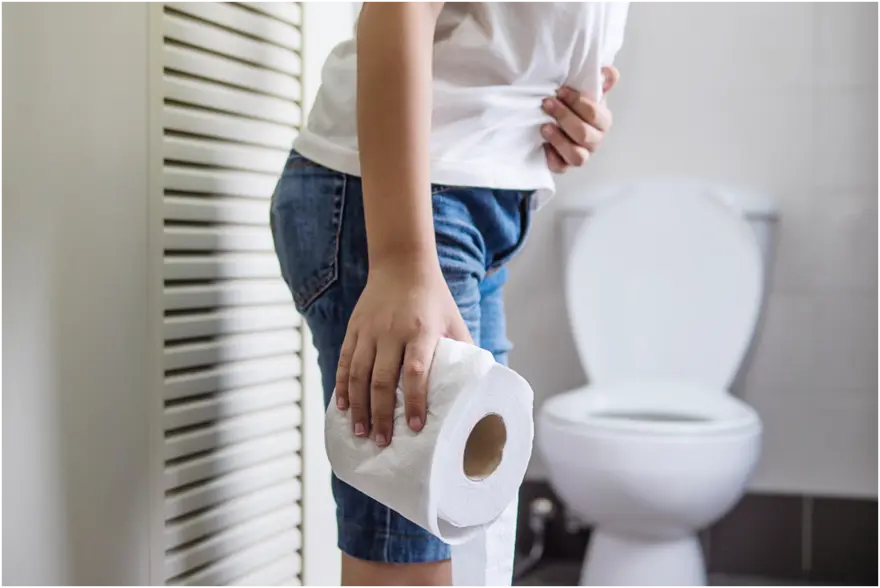
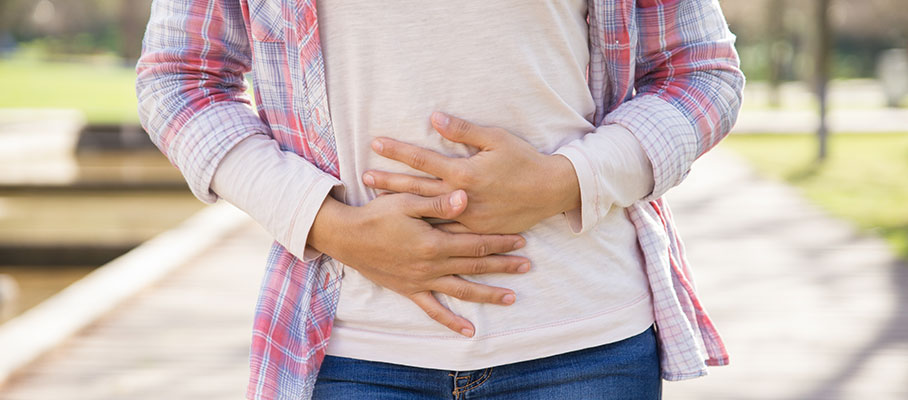







 WhatsApp
WhatsApp